Affiliate links on Android Authority may earn us a commission. Learn more.
The Google Nexus 7 was the first great small Android tablet
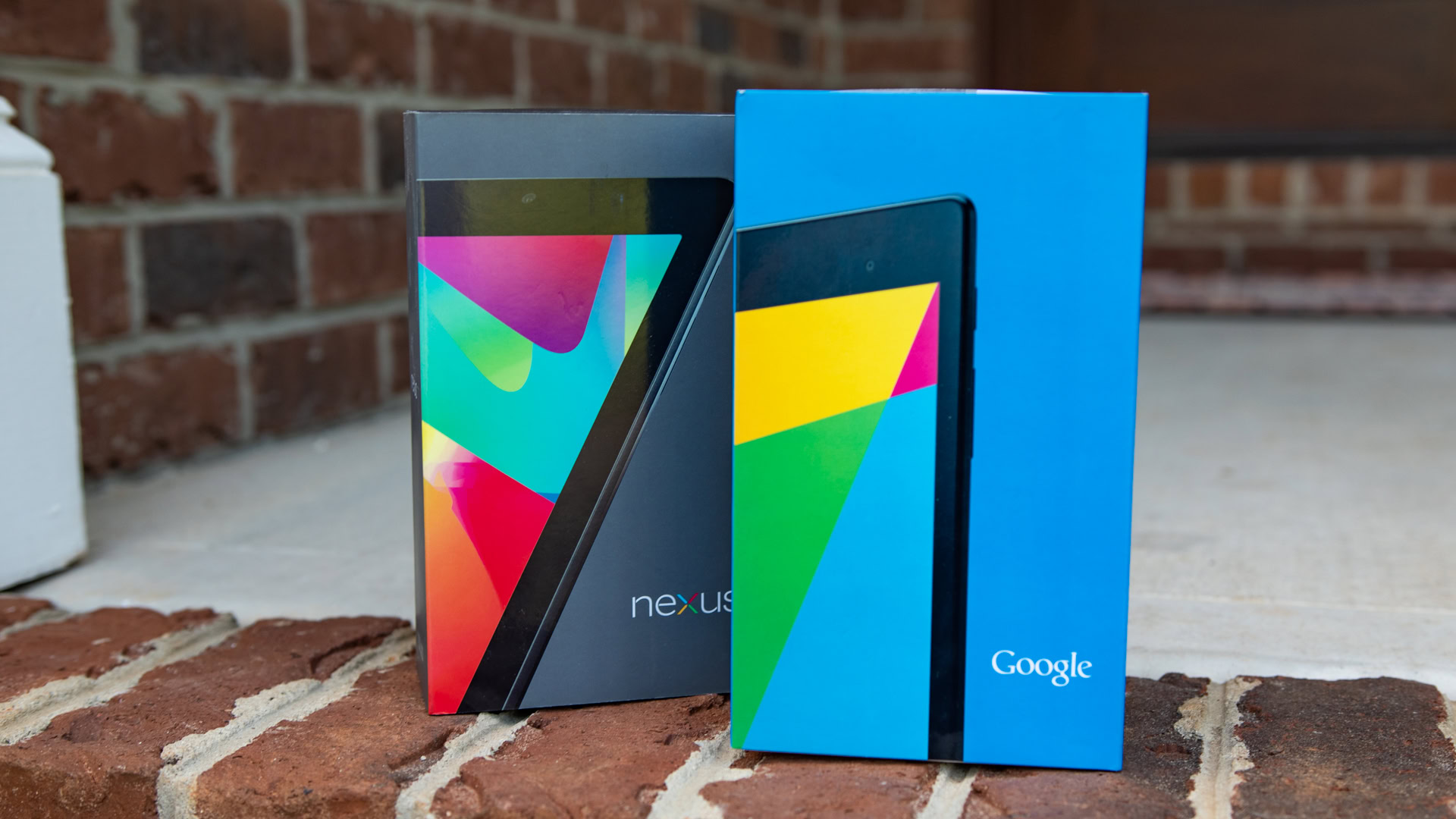
Today marks the eighth anniversary of Google releasing the original Nexus 7 tablet and it’s easy to forget the impact that it had on the industry at the time.
Sure, many phones today are approaching that 7-inch screen size and tablets have become more niche products since then, but it wasn’t always the case.
A very different tablet world
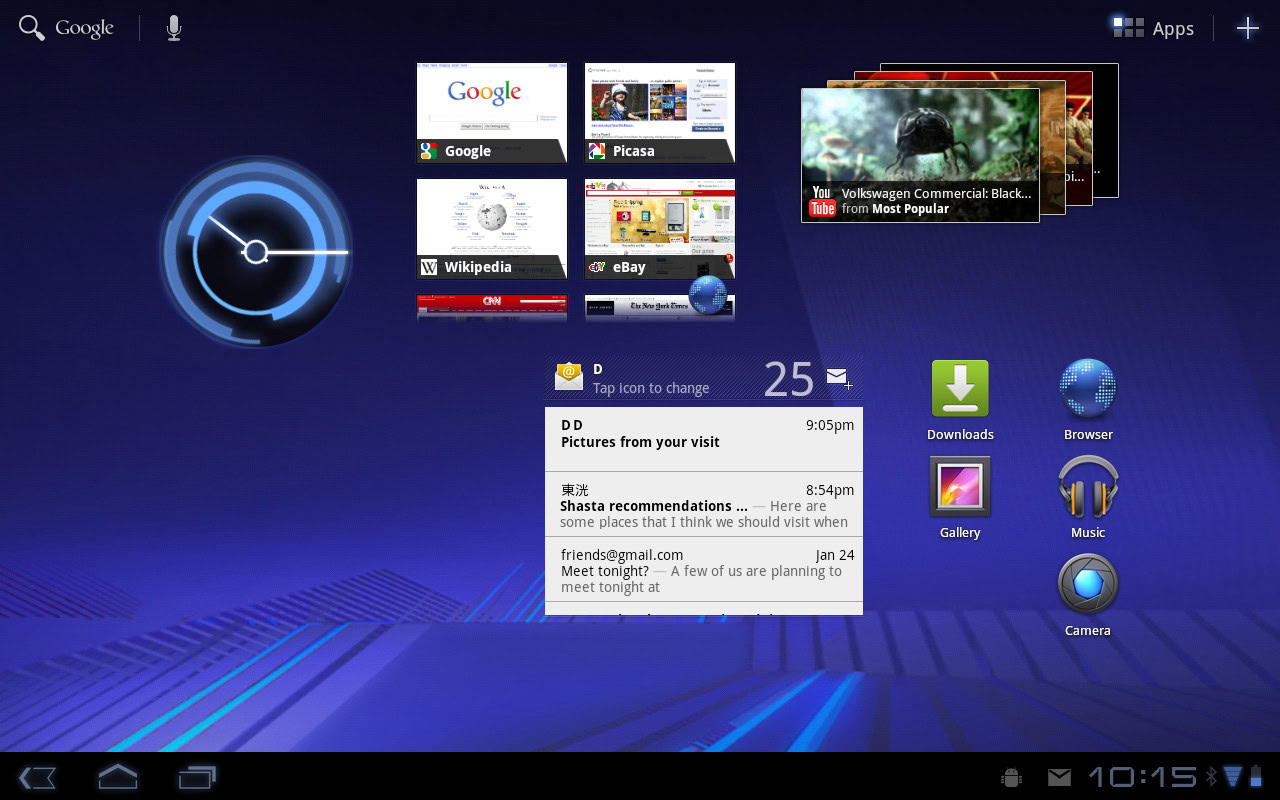
Back in 2012, Apple’s iPad was reigning supreme, with the iPad 3 launching in March that year. This was back when there was only one iPad range — no iPad Air or iPad Pro.
The Android tablet world was also in a state of flux, as Google had launched a dedicated version of Android for tablets in 2011 dubbed Android 3.0 Honeycomb (seen above). Prior to Honeycomb, Android tablet manufacturers had to simply use Android as it was intended for phones. This predictably led to scaling issues, less than ideal UI elements, and other technical gremlins.
Google then chose to unify the phone and tablet platforms with Android 4.0 Ice Cream Sandwich released later in 2011. By the time of the Nexus 7’s reveal in June 2012, Android tablet software was finally coming into its own.
The template for 7-inch tablets?
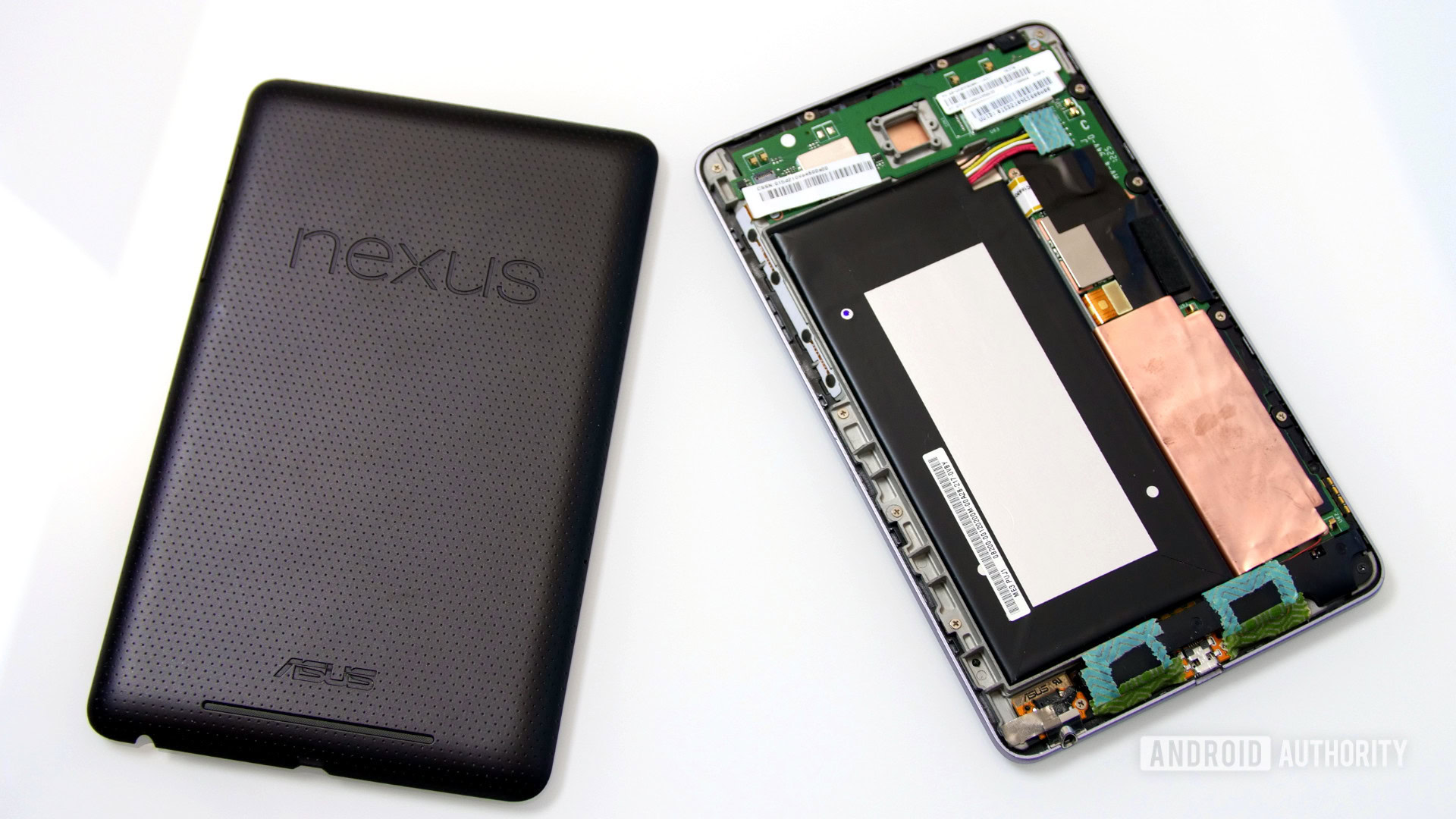
The Nexus 7 wasn’t the first 7-inch tablet on the market, as devices like the original Kindle Fire, the BlackBerry PlayBook, Samsung Galaxy Tab 7.0, and HTCFlyer had all seen releases the previous year. But the aforementioned software tweaks meant that the Nexus 7 launched with an OS that was actually optimized for using apps on larger screens.
The Nexus 7 was arguably the first truly great 7-inch tablet on the market, but it wasn’t only the software that helped it though — the pricing was arguably a bigger factor.
The Nexus 7 launched at an attractive $199 price point that was certainly tough to beat at the time. Between the NVIDIA Tegra 3 processor, 1GB of RAM, 8GB to 32GB of storage, NFC, 1.3MP selfie camera, and that 1,280 x 800 IPS LCD screen, you got good value for money. It didn’t hurt that Google updated the device for roughly three years, going from Android 4.1 to Android 5.1 Lollipop.
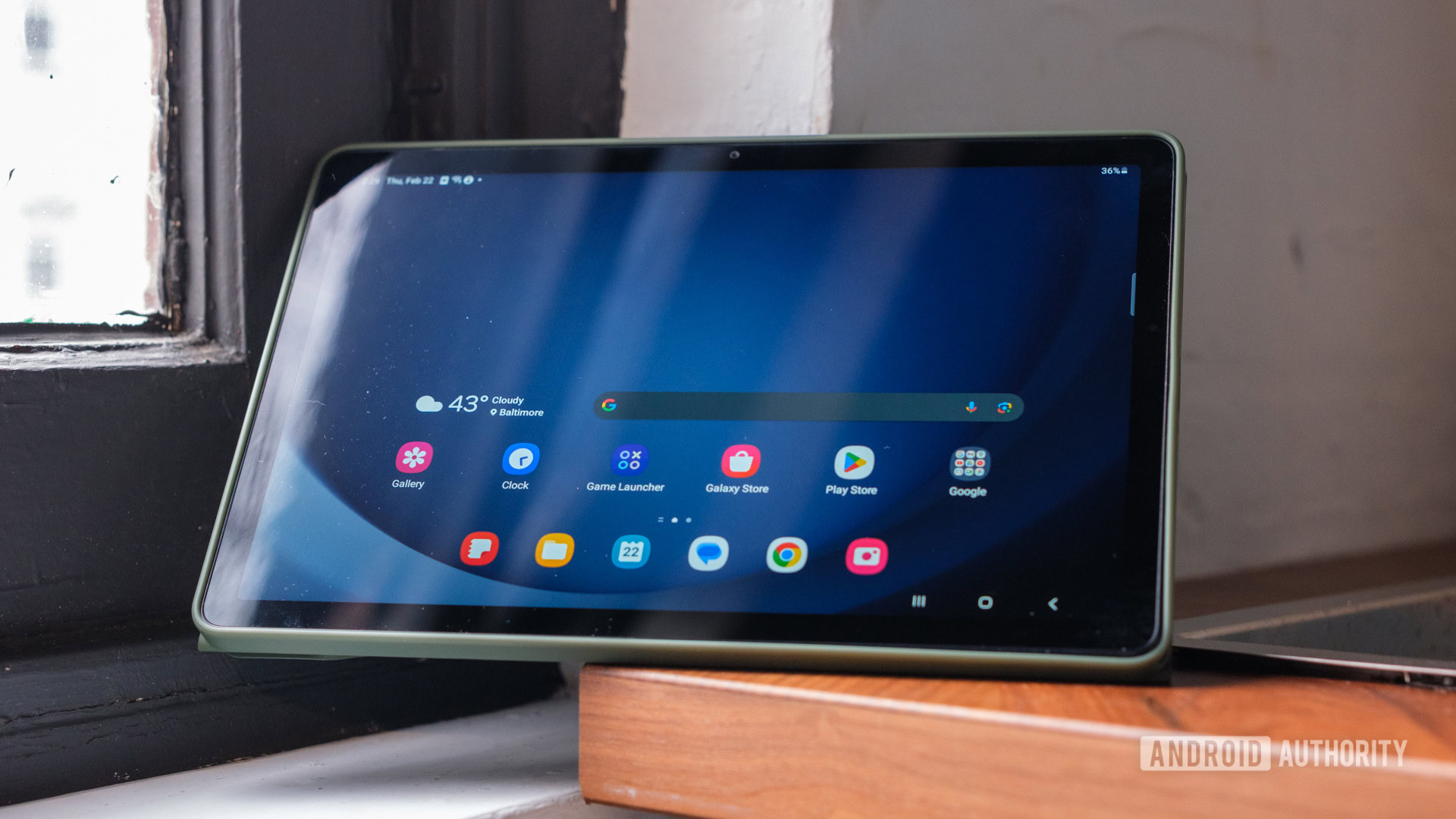
That’s not to say things couldn’t have been improved, as Google and ASUS neglected to include microSD storage, as well as a rear camera. The latter is far more understandable given the focus as a media consumption device, but it did mean that easy QR code scanning was a no-go.
A far bigger issue back then for the Nexus 7 was slowdown over time, as Android 4.1 didn’t support a feature dubbed TRIM. This feature essentially kept system storage speedy by tweaking the way deleted data was handled. Thankfully, TRIM support was added in Android 4.3, which the Nexus 7 received as an OTA update.
Nevertheless, the combo of hardware, software, and price resulted in a product that was generally considered a sales hit for Google and ASUS. Reports at the time indicated that the duo sold almost five million units in 2012. This was roughly half what Apple apparently did, but still a pretty impressive result anyway.
What happened after the Nexus 7?
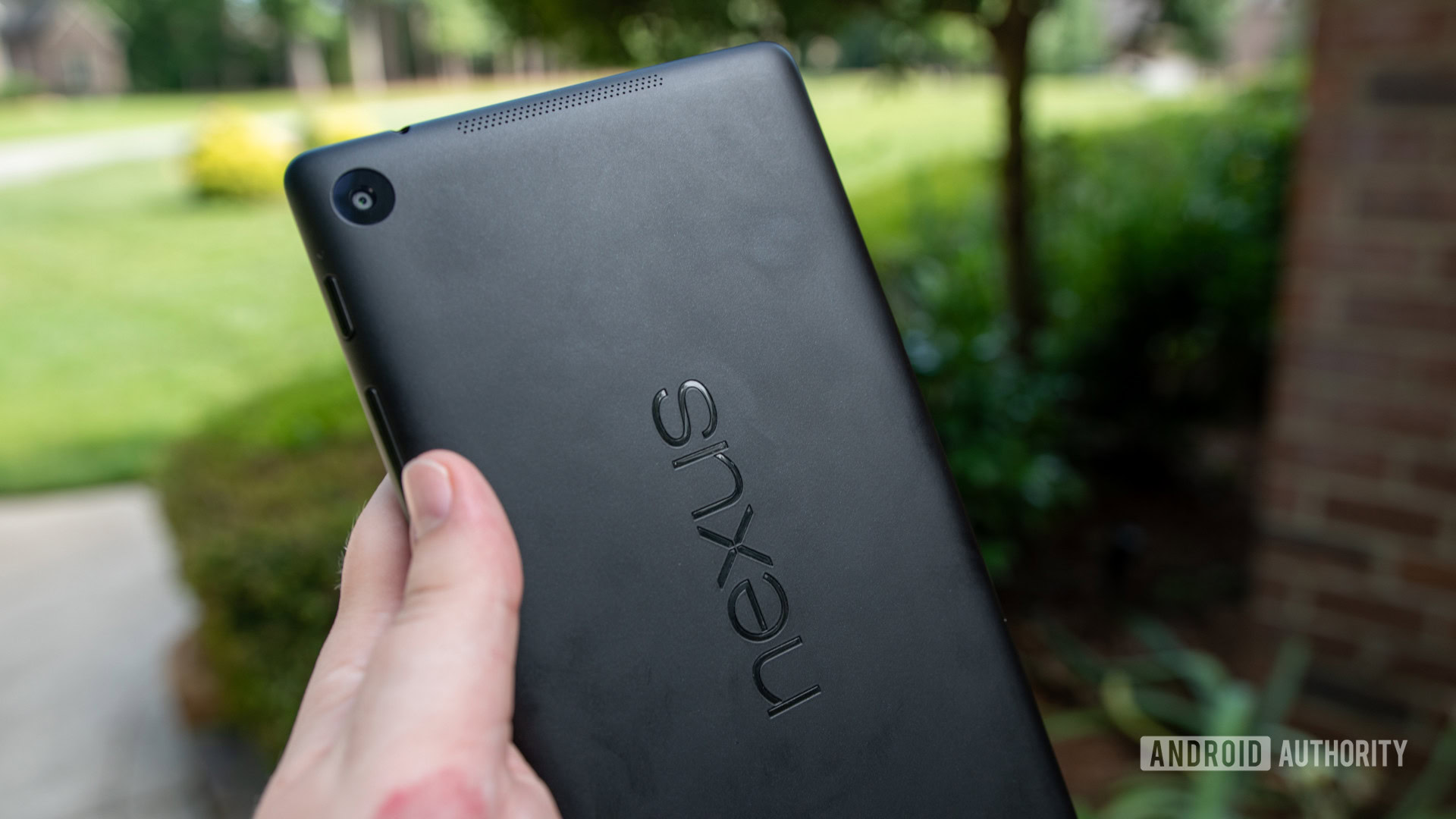
Apple would take a leaf out of the Nexus 7 playbook in October of 2012 with the first iPad Mini, offering a 7.9-inch screen. This came despite the late Steve Jobs publicly rubbishing the small tablet as a concept in 2010. Nevertheless, the iPad Mini was a sales success even though it was ~$120 more expensive than the Nexus 7. This was in large part due to the Apple ecosystem of services, while still being almost $200 cheaper than the iPad 2.
Google doubled down on the Nexus 7 formula with the second-generation model, which offered more of what made the original so great and more. We got a Snapdragon S4 Pro chipset, double the RAM, double the base storage (16GB), wireless charging, and a sharper screen for an extra $30. It even added a rear camera.
This would prove to be the last time Google tackled the sub-$250 (or even sub-$300) tier with Android tablets, as the Nexus 9 and Nexus 10 both pursued a more premium segment. Both devices started at $399, while also offering larger screens to boot.
Read: The best tablets for business | The best Windows tablets
Google would later switch to Pixel-branded tablets to coincide with the growing trend of tablets being used as premium productivity machines. Microsoft kickstarted things with the original Surface line back in 2012, with the product line going from strength to strength in the years that followed.
Apple and Google both picked up on this trend in 2015, using the Surface’s tablet and detachable keyboard combo as the foundation for their own efforts. We saw Apple debut the iPad Pro line while Google offered the Pixel C. Google later abandoned Android for its last tablet to date — the Chrome OS-powered Pixel Slate.
It didn’t help that many reviewers took issue with the price of the Pixel C and Pixel Slate. More specifically, the Pixel C started at $499 while the Pixel Slate started at $599. That’s before you buy the keyboard accessory, which retailed for $150 and $199 respectively. The entry-level Pixel Slate with the Celeron processor was also heavily criticized for its poor performance and was ignominiously retired less than a year after launch.
The Pixel tablets haven’t offered that same affordable price tag as the Nexus 7 series. With the tablet market seemingly divided between kids and professionals while smartphones grow in size, we’re not expecting a return to this strategy any time soon either.
Looking for more tablet-related coverage on Android Authority? You can find a few highlighted articles below.